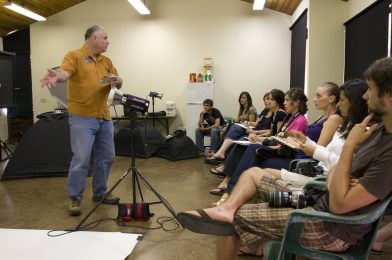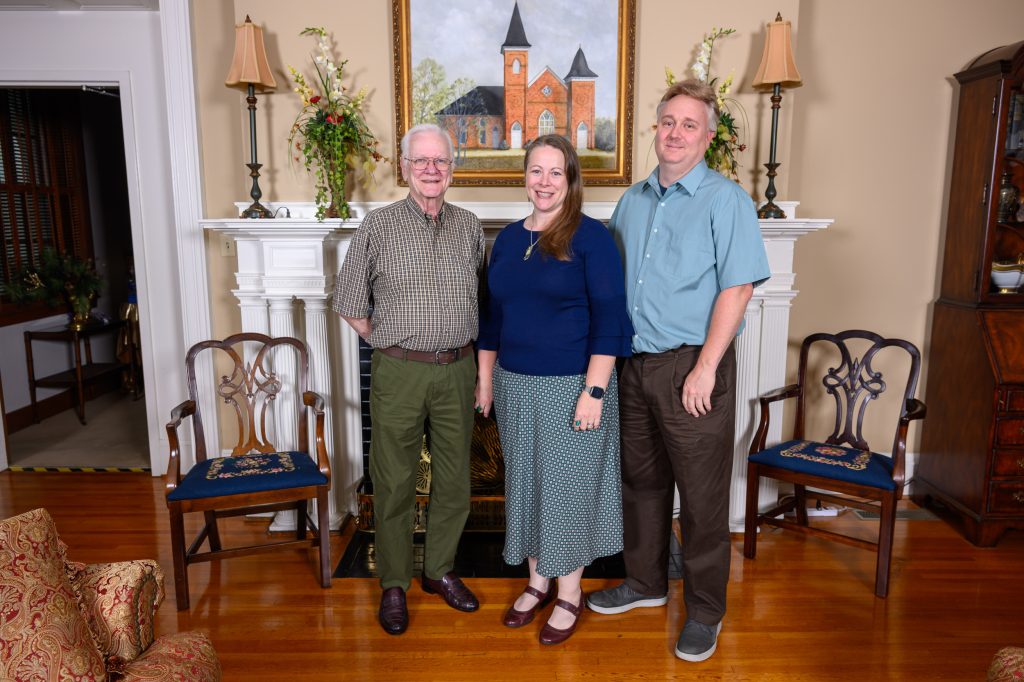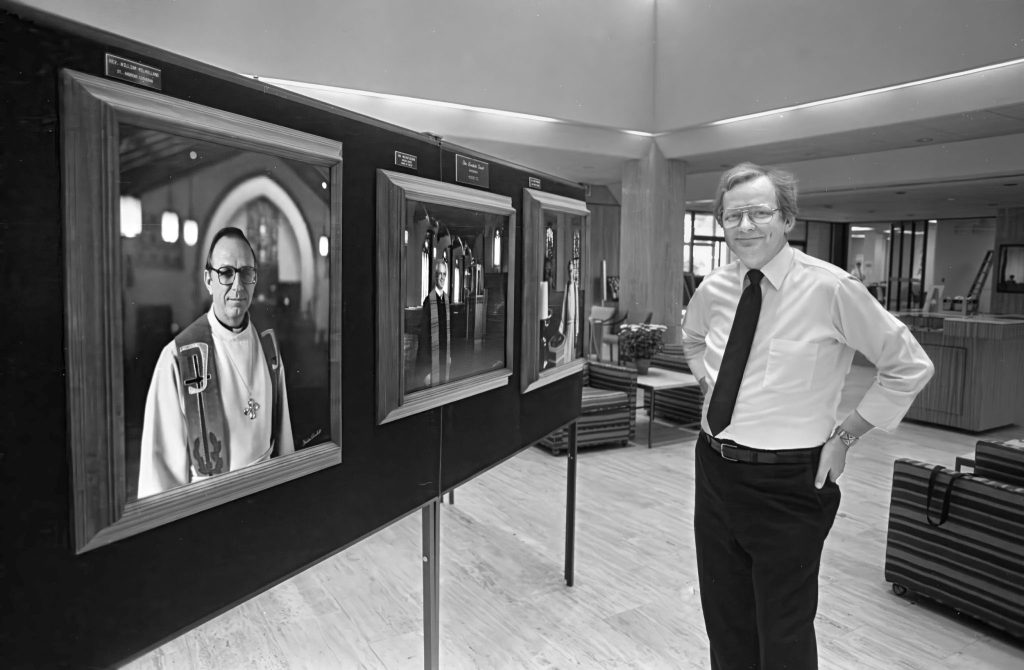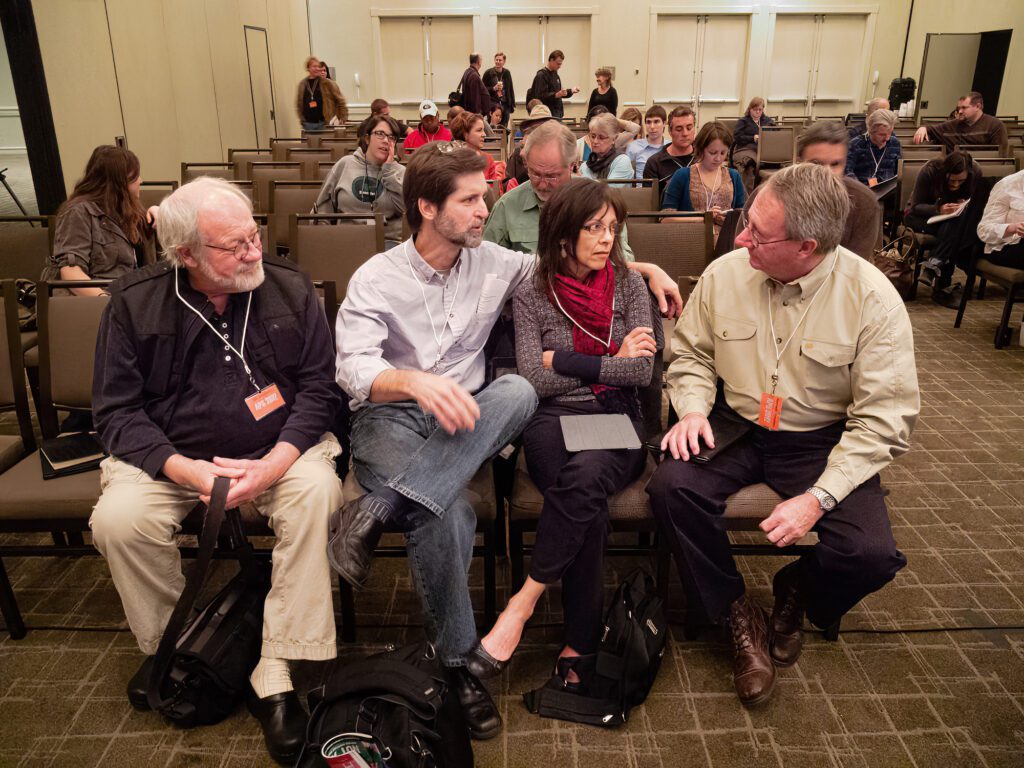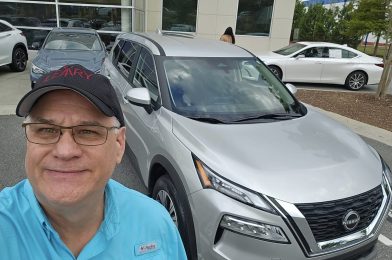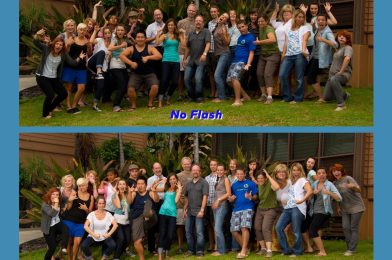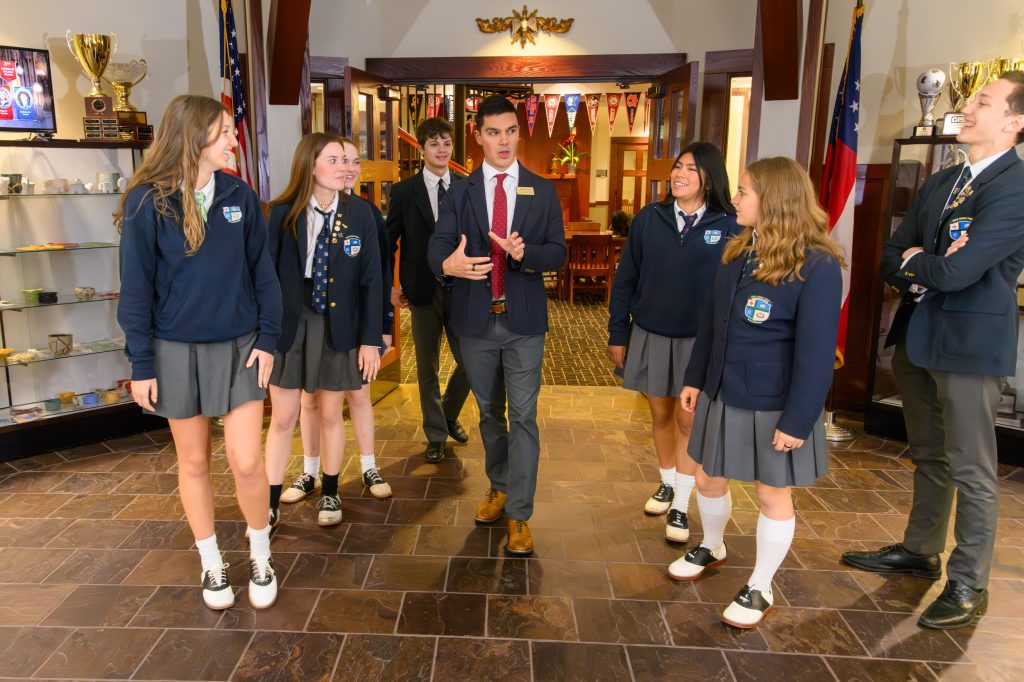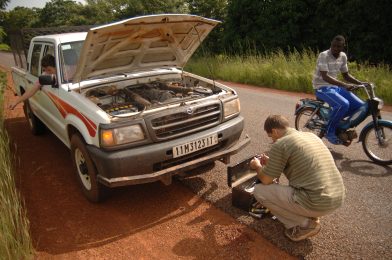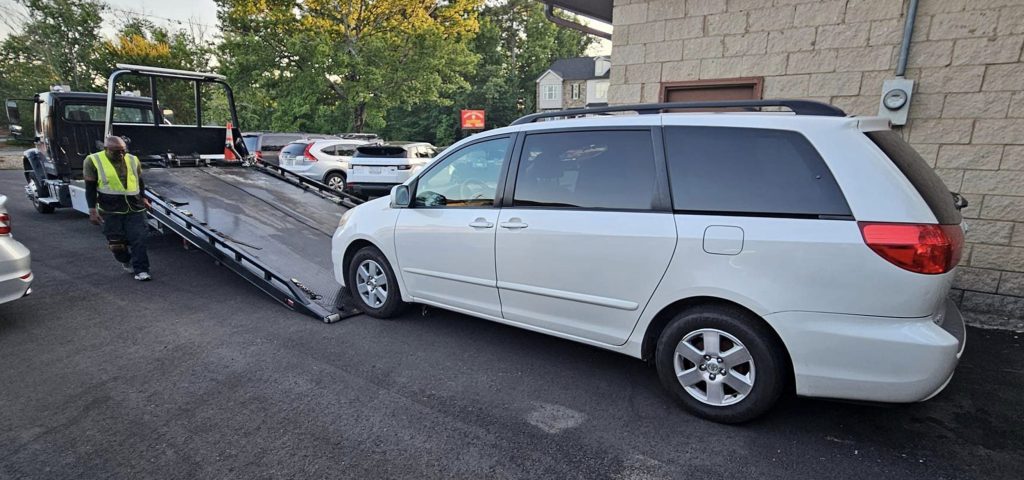Photo by: Robin Rayne
One of the most challenging aspects of being a business owner and entrepreneur is recognizing that while your personality can win you jobs, it can also lose them. No matter how skilled you are in your craft, how diligently you stay current in the industry, or how consistently you go above and beyond to wow your clients, your personality and style might not always resonate with everyone.
The Paradox of Personality
In business, especially in creative fields like photography and videography, your personality isn’t just part of your brand—it’s often your first impression. My competency in my craft is at the top of the field, and my relentless pursuit of growth ensures that I remain at the cutting edge. Yet, despite these strengths, I’ve come to understand that not everyone will feel comfortable or connected with my style. This reality can be both humbling and enlightening.
Striving for Inclusivity
As business owners, creating an inclusive environment where everyone feels welcome is crucial. This isn’t just about embracing diversity; it’s about fostering a space where clients from all walks of life feel comfortable and valued. Here are some tips on how to achieve this:
- Listen Actively: Show genuine interest in your client’s needs and preferences. Listening actively helps you understand their expectations and makes them feel respected and valued.
- Communicate Clearly: Be transparent about your processes, timelines, and what clients can expect from working with you. Clear communication builds trust and minimizes misunderstandings.
- Be Adaptable: While it’s essential to stay true to your style, being flexible and willing to adapt can help you meet the diverse needs of your clients. This doesn’t mean compromising your artistic vision but finding a balance that works for both parties.
- Seek Feedback: Regularly ask for feedback from your clients. This shows that you care about their experience and provides valuable insights into areas where you can improve.
- Show Empathy: Understanding and acknowledging your clients’ feelings and perspectives can go a long way in building solid and lasting relationships.
Accepting Preferences and Comfort Levels
Despite your efforts to be inclusive, it’s essential to recognize that people will still have personal preferences and comfort levels. Some clients might prefer a different style or personality that aligns more closely with their own. This is not a reflection of your skills or professionalism but simply a matter of personal compatibility.
Differentiating Between Preferences and Negative Traits
It’s essential to distinguish between a natural lack of compatibility and negative traits that might impact your business. Here are some tips to help you make this distinction:
- Self-Reflection: Regularly take time to reflect on your interactions with clients. Are there recurring themes in the feedback you receive? Identifying patterns can help you understand whether your personality or behavior needs adjustment.
- Professional Development: Invest in personal and professional development to improve areas you might be lacking. This could include communication skills, emotional intelligence, or conflict resolution.
- Mentorship and Coaching: Seek mentors who can provide objective insights and guidance. They can help you identify blind spots and offer strategies for improvement.
- Accepting Constructive Criticism: Embrace constructive criticism with an open mind. It’s an opportunity to grow and become better at what you do.
- Setting Boundaries: While it’s important to be accommodating, it’s equally important to set boundaries to ensure you’re not compromising your values and well-being.
Embracing the Journey
Being a business owner and entrepreneur is a continuous journey of growth and self-discovery. Embrace the challenges of navigating the complexities of personality and client relationships. Remember that your unique personality sets you apart and attracts clients who value your work. By striving to be inclusive, open to feedback, and committed to personal growth, you’ll continue building a thriving business that creates lasting, meaningful connections with your clients.
Navigating the nuances of personality in business can be tricky, but it’s also what makes this journey so rewarding. Embrace your individuality, strive for inclusivity, and always be open to growth and improvement.










